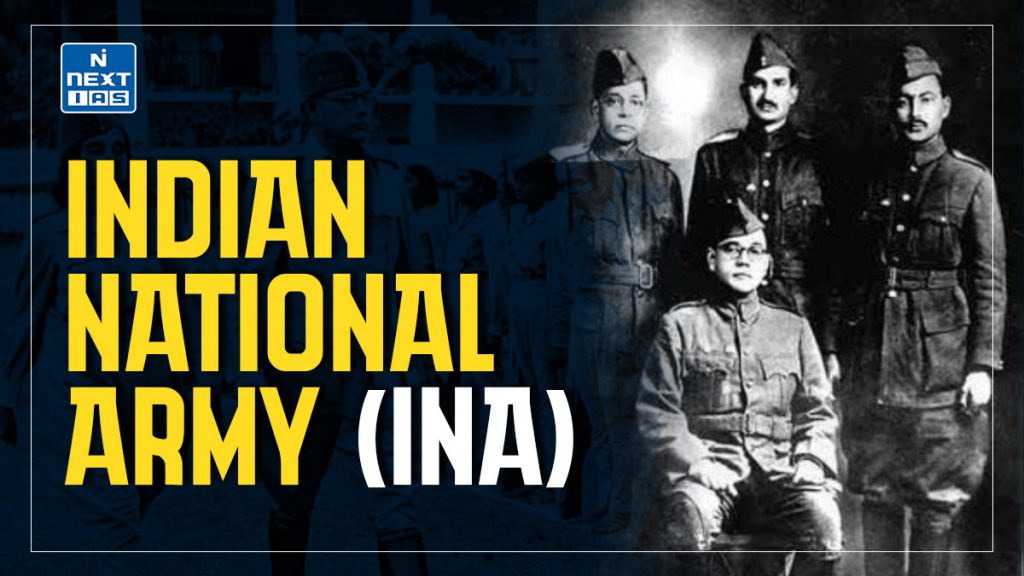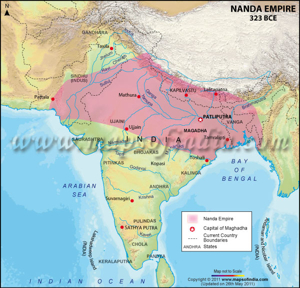
Magadha Kingdom
1200BCE-800CE (Rulers,
Coins)Magadha was a powerful and influential ancient Indian kingdom located in the eastern Ganges plain, primarily in present-day Bihar. It played a central role in shaping ancient Indian history, serving as the nucleus for several major empires and the cradle for Buddhism and Jainism.Location: South of the Ganges River, with capitals at Rajagriha (Rajgir) and later Pataliputra (Patna). Timeline: From possibly 1200 BCE to around the 8th century CE, with its peak from the 6th to 4th centuries BCE. Languages: Sanskrit, Magadhi Prakrit, Ardhamagadhi Prakrit. Religions: Brahmanism, Buddhism, Jainism.
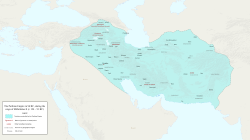
Parthian Empire
247BC-224AD (Rulers,
Coins)The Parthian Empire, also known as the Arsacid Empire, was a major Iranian political and cultural power that existed from 247 BC to 224 AD. It was founded by Arsaces I, who led the Parni tribe in conquering the region of Parthia in Iran's northeast, a satrapy under Andragoras rebelling against the Seleucid Empire. Mithridates I significantly expanded the empire by seizing Media and Mesopotamia from the Seleucids, ruling from approximately 171 BC to 132 BC. At its peak, the empire stretched from central-eastern Turkey to present-day Afghanistan and western Pakistan, strategically located on the Silk Road, facilitating trade between the Roman Empire and the Han dynasty of China. Governed as a feudal monarchy with Hellenistic influences, the empire encouraged cultural exchange and building activities. However, it faced internal conflicts and external threats, ultimately being overthrown by the Sassanians in 224 AD when Ardashir I defeated the last Parthian king, Artabanus V.
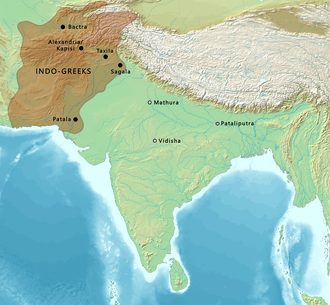
Indo-Greek Empire
200BCE-10CE (Rulers,
Coins)The Indo-Greek Empire, also known as the Indo-Greek Kingdom or Yavana Kingdom, was a Hellenistic-era Greek state that existed from around 200 BCE to approximately 10 CE. It covered large portions of modern-day Afghanistan, Pakistan, and northwestern India.Origins: The Indo-Greek Kingdom was established after the decline of the Mauryan Empire. It began when Demetrius I, the Graeco-Bactrian king, invaded India from Bactria (in present-day Afghanistan) around 200 BCE.Expansion: The kingdom expanded into southern Afghanistan and Punjab, with regional capitals such as Taxila, Sagala (Sialkot), and Alexandria in the Caucasus (Bagram).Political Structure: The Indo-Greek Kingdom was a monarchy, with over 30 Hellenistic kings ruling various regions over its two-century existence.

Kuninda Dynasty
200BCE-300CE (Rulers,
Coins)The Kuninda (or Kulinda) Dynasty was an ancient central Himalayan kingdom that flourished from around the 2nd century BCE to the 3rd century CE. Their territory covered parts of present-day Himachal Pradesh, Uttarakhand, and western Nepal, with their influence sometimes extending into northern Pakistan. The Kunindas are first mentioned in Panini’s Ashtadhyayi as an Ayudhajivi Sangha (warrior republic), and are also referenced in the Mahabharata, where they are said to have been defeated by Arjuna.The Greek historian Ptolemy located them in the region where the Beas, Sutlej, Yamuna, and Ganges rivers originate.
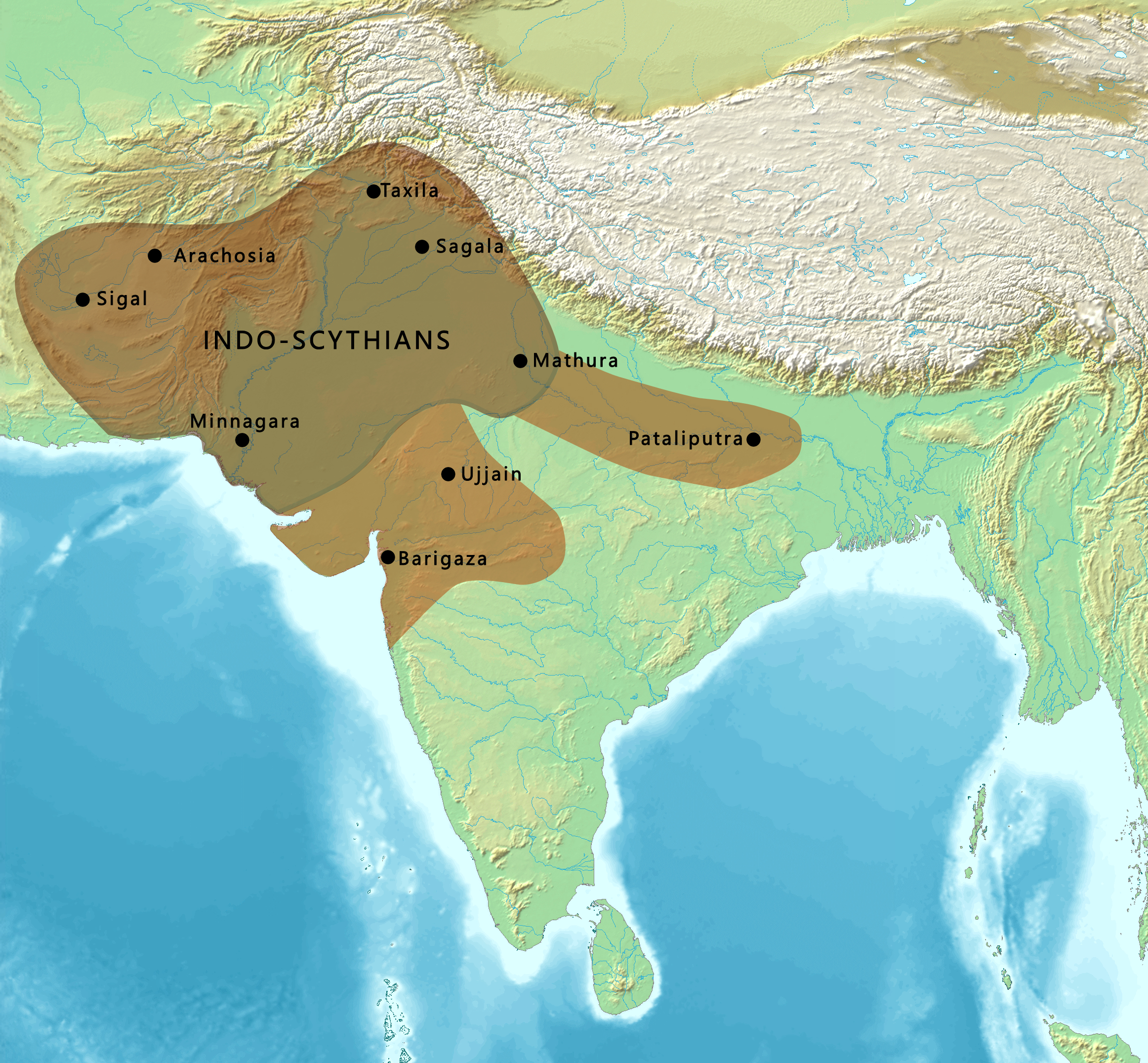
Indo-Scythian Kingdom
150BCE -400CE (Rulers,
Coins)The Indo-Scythian Kingdom, also known as the Indo-Saka or Ror Empire, was established by nomadic Iranian peoples of Scythian (Saka) origin who migrated from Central Asia into the northwestern Indian subcontinent, present-day Pakistan, northern India, Afghanistan, and eastern Iran, between approximately 150 BCE and 400 CE. Their arrival and expansion were part of a broader movement of Central Asian tribes, often triggered by pressure from other nomadic groups such as the Xiongnu and the Yuezhi. The first major Indo-Scythian king in India was Maues (also known as Moga, reigned c. 85–60 BCE), who established Saka power in Gandhara, the Indus Valley, and surrounding regions. The Indo-Scythians conquered the Indo-Greek kingdoms and extended their control over much of northwestern India, including Taxila, Mathura, and Gujarat. They established several branches and dynasties, such as: The Sakas of Taxila The Western Satraps (Kshatrapas) of Gujarat and Malwa The Apracharajas of Taxila The Indo-Scythian rulers of Mathura.
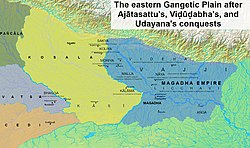
Ayodhya
07BCE-05BCE (Rulers,
Coins)Kosala, also known as Uttara Kosala or Northern Kosala, was one of the prominent Mahajanapadas of ancient India. It emerged during the Late Vedic period and transitioned from a lineage-based society to a monarchy, alongside Magadha. By the 6th century BCE, Kosala had become one of the four major powers in northern India, alongside Magadha, Vatsa, and Avanti. Its capital was Ayodhya, and it played a significant role in ancient Indian history, being mentioned in texts like the Ramayana and Mahabharata. Kosala's influence extended across both banks of the Sarayu River and into present-day Nepal. However, it was eventually weakened by conflicts with Magadha and was absorbed into the Magadhan Empire during the reign of King Ajatashatru.
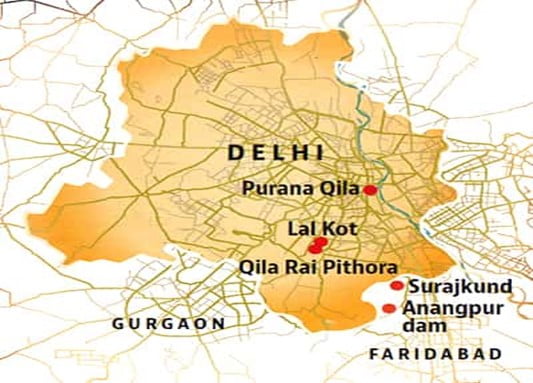
Tomaras of Delhi
08CE-12CE (Rulers,
Coins)The Tomara dynasty who as per bardic traditions, were one of the 36 Rajput tribes. Anangapal founded the Tomar kingdom's capital at Delhi in 11th century CE & eventually incorporated Delhi within the Chauhan (Chahamana) kingdom in 1164. Tomars ruled over present-day Delhi, Haryana and some parts of Uttar Pradesh.
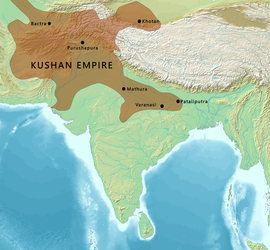
Kushan Empire
30CE-375CE (Rulers,
Coins)The Kushan Empire was formed in the early 1st century AD, primarily located in Afghanistan, most of Pakistan, Uzbekistan, Tajikistan, and parts of northwest India. The Kushans were a branch of the Yuezhi confederation, an Indo-European nomadic people originally from eastern Central Asia. Driven by the Xiongnu, the Yuezhi migrated southwest and settled in ancient Bactria, eventually establishing a syncretic empire that played a significant role in spreading Buddhism and facilitating trade between the Roman Empire and China. The Kushans were patrons of various religious traditions, including Buddhism, Hinduism, and Zoroastrianism, and their empire was known for its cultural and administrative achievements.
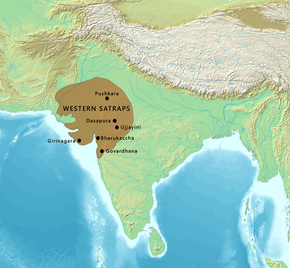
Western Satraps
35CE-415CE (Rulers,
Coins)The Western Satraps, or Western Kshatrapas (Brahmi:, Mahakṣatrapa, Great Satraps) were Indo-Scythian (Saka) rulers of the western and central parts of India (extending from Saurashtra in the south and Malwa in the east, covering modern-day Sindh, Gujarat, Maharashtra, Rajasthan and Madhya Pradesh states), between 35 and 415 CE. The Western Satraps were contemporaneous with the Kushans who ruled the northern part of the Indian subcontinent, and were possibly vassals of the Kushans. They were also contemporaneous with the Satavahana who ruled in Central India. They are called Western Satraps in modern historiography in order to differentiate them from the Northern Satraps, who ruled in Punjab and Mathura until the 2nd century CE.
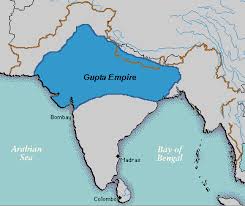
Gupta Empire
320CE-550CE (Rulers,
Coins)The Gupta Empire, which flourished from around 320 to 550 CE, is often referred to as the "Golden Age of India" due to its remarkable achievements in various fields. Founded by Sri Gupta, it reached its zenith under rulers like Chandragupta II and Samudragupta.The empire is known for its advancements in science, mathematics, astronomy, literature, and the arts. Notable figures from this period include the mathematician Aryabhata, who introduced concepts like zero and the decimal system. Gupta art and architecture saw the creation of exquisite sculptures and temples, with styles that influenced later Indian culture.The Gupta Empire maintained a decentralized administration, allowing local rulers some autonomy, which contributed to stability and prosperity. However, the empire began to decline in the late 5th century due to invasions, internal strife, and competition from emerging regional powers, ultimately leading to its dissolution by the mid-6th century. The legacy of the Gupta Empire has had a lasting impact on Indian civilization, especially in areas of culture, science, and governance.

Ananda Dynasty
335AD-425AD (Rulers,
Coins)The Ananda Gotrikas, also known as the Anandas, ruled over coastal Andhra from 335 to 425 AD. Their capital, Kandarapura, is located in present-day Chejerla mandal of Guntur District. They emerged as a ruling power after the fall of the Andhra Ikshvakus and claimed descent from the Ananda gotra. The Ananda Gotrikas were feudatories of the Ikshvakus initially but established independent rule in the region. They are known for their involvement in the construction of the Chazerla temple, also known as the Kapoteshwara temple, which is one of the oldest temples in Andhra Pradesh. Information about the Ananda Gotrikas is derived from inscriptions such as the Chezerla Inscription and the Goruntla Copper Plate Inscription.
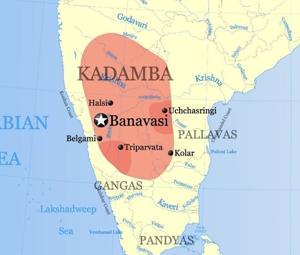
Kadamba Kingdom
345CE-540CE (Rulers,
Coins)The Kadamba Kingdom was an influential ancient South Indian dynasty that ruled primarily in present-day Karnataka and parts of Goa and Maharashtra. Founded by Mayurasharma around 345 CE, the Kadambas are notable as one of the earliest indigenous dynasties to establish sovereignty in the Deccan, breaking away from the dominance of northern powers and the Pallavas.At its height, the Kadamba kingdom controlled large parts of northern Karnataka, the Konkan coast, and extended influence into Goa and Maharashtra.The dynasty expanded its territory through military campaigns and strategic marriages, including alliances with the Guptas and other regional powers.
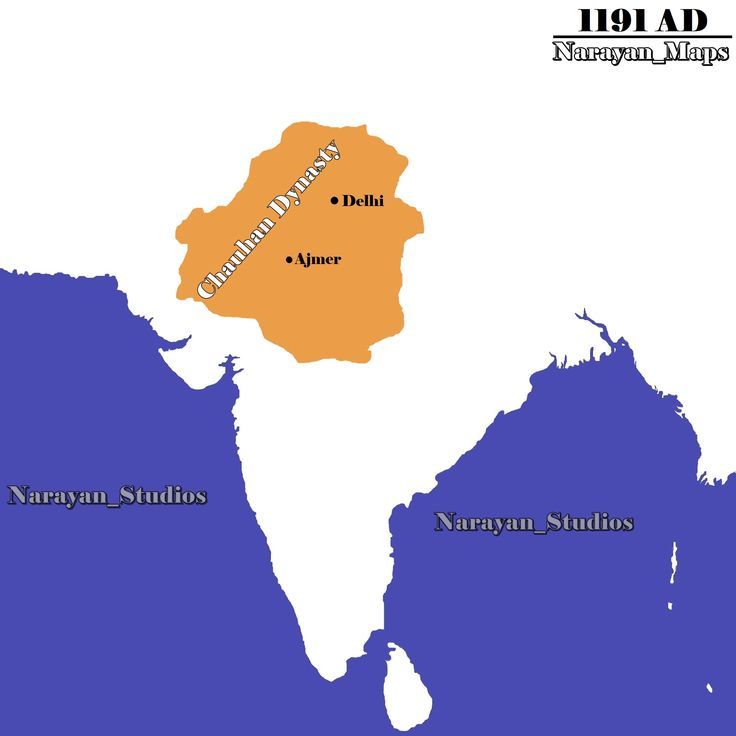
Chauhan Dynasty
551CE-1192CE (Rulers,
Coins)The Chauhan dynasty (also known as the Chahamanas) was a prominent Rajput clan that ruled large parts of present-day Rajasthan and adjoining regions from around the 6th or 7th century CE until the late 12th century CE. They are considered one of the four major Rajput dynasties and are traditionally linked to the Agnivanshi lineage, claiming descent from the fire god Agni. The dynasty was founded by Vasudeva Chauhan around 551 AD, with early power centered in the region of Sambhar and later Nagaur in Rajasthan. Initially, the Chauhans were feudatories under the Pratihara empire but gradually asserted independence. The earliest Chauhan inscriptions date back to the 7th century, with copper-plate records found at Hansot. The Chauhan dynasty remains a key chapter in medieval Indian history, symbolizing the Rajput ethos of bravery and resistance during a period of significant political and cultural change.

State of Mewar
566-1949 (Rulers,
Coins)The Kingdom of Mewar was a historic Rajput kingdom located in the southern part of Rajasthan, India. It is one of the most prominent and enduring princely states in Indian history, known for its resilience, valor, and rich cultural heritage. The kingdom's history spans from the early medieval period to the colonial era, with its most notable rulers belonging to the Sisodia dynasty.

Chalukya Dynasty
600CE-1200CE (Rulers,
Coins)The Chalukya dynasty was a major Indian royal dynasty that ruled large parts of southern and central India between the 6th and 12th centuries, significantly shaping the region’s history, culture, and architecture.Badami Chalukyas (6th–8th centuries): The earliest and most prominent branch, founded by Pulakeshin I in 543 CE with its capital at Vatapi (modern Badami, Karnataka). They unified much of the Deccan and are especially known for their architectural achievements and military prowess.Eastern Chalukyas (7th–12th centuries): Emerged after the death of Pulakeshin II, ruling the eastern Deccan from Vengi (in present-day Andhra Pradesh).Western Chalukyas (10th–12th centuries): Revived the Chalukya legacy in the western Deccan, ruling from Kalyani (modern Basavakalyan, Karnataka).

Jammu and Kashmir
625CE-855CE (Rulers,
Coins)the monarchs of Kashmir from the establishment of the Karkota dynasty around 625 CE until the cession of parts of Kashmir by the Dogra dynasty to Pakistan in 1947 and then merging into the Indian Union in 1952.

Yadvas Dynasty
850CE-1318CE (Rulers,
Coins)The Yadava Dynasty, often associated with the mythological figure of Yadu, is historically known for its medieval rule over regions now part of Gujarat and Maharashtra. However, the historical Yadava dynasty, also known as the Seuna or Yadava dynasty, ruled from the 12th to the 14th centuries, with its capital at Devagiri (present-day Daulatabad). This dynasty was initially a feudatory of the Western Chalukyas but declared independence under Bhillama V in the late 12th century. The Yadavas reached their peak under Simhana II, who expanded their territory and strengthened their administration. The dynasty was known for its cultural achievements and patronage of scholars like Hemadri. However, it faced significant challenges from neighboring powers and was eventually annexed by the Delhi Sultanate in the early 14th century. The mythological association with Krishna, a central figure in Hinduism, is distinct from the historical Seuna Yadava dynasty. Krishna is celebrated for his role in the Mahabharata and is often linked to the Yadava clan, but his reign is not part of the historical Seuna Yadava dynasty's timeline. Instead, Krishna's legacy is part of ancient Indian mythology, marking a golden age for the Yadavas in a broader cultural context.

Kutch Kingdom
1147CE-1819CE (Rulers,
Coins)The Kutch Kingdom was a princely state located in the western part of India, primarily in the present-day Kutch district of Gujarat. It was established in the 12th century and ruled by the Jadeja clan of Rajputs.The kingdom was known for its unique culture, vibrant handicrafts, and trade, particularly due to its strategic position along trade routes connecting India to the Middle East and beyond. The capital of the kingdom was Bhuj, which became a center for administration and commerce.Under the leadership of its rulers, particularly during the 18th and 19th centuries, the Kutch Kingdom experienced relative stability and prosperity. The rulers, known for their patronage of the arts, supported local crafts and architecture, contributing to the region's cultural richness.In 1947, with India's independence, the Kutch Kingdom merged into the Indian Union, eventually becoming part of the state of Gujarat. Today, Kutch is known for its distinctive heritage, including traditional crafts, music, and festivals.

Narwar
1200CE-1947CE (Rulers,
Coins)The Princely State of Narwar was one of the princely states of India during the rule of the British Empire in India. During the early 19th century, the region was appointed as one of the princely states of India under the indirect rule of the British administration. The region was a part of the erstwhile Malwa Agency and was incorporated as a part of the Central India Agency. The state was a small enclave located in the northwest part of the Karera section of Gwalior.
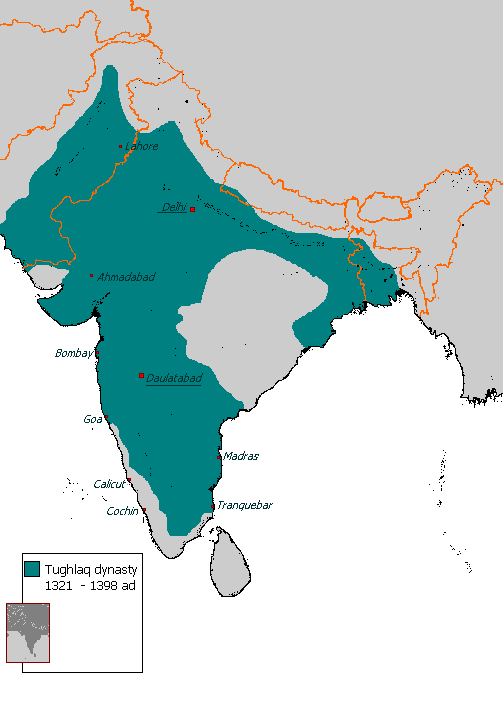
Delhi Sultanate
1206CE-1526CE (Rulers,
Coins)The Delhi Sultanate was a series of five dynasties that ruled over parts of the Indian subcontinent from the 13th to the 16th centuries. It began with the establishment of the Mamluk dynasty in 1206, following the defeat of the last Hindu king of Delhi. The main dynasties included the Mamluks, Khiljis, Tughlaqs, Sayyids, and Lodis.This period saw significant developments in architecture, culture, and the spread of Islam in India. The Sultanate established Delhi as a major political center and facilitated trade and cultural exchange between India and other regions. However, it also faced challenges such as internal strife and invasions, leading to its eventual decline and the rise of the Mughal Empire in the early 16th century. The Delhi Sultanate left a lasting impact on Indian history, influencing governance, culture, and society.
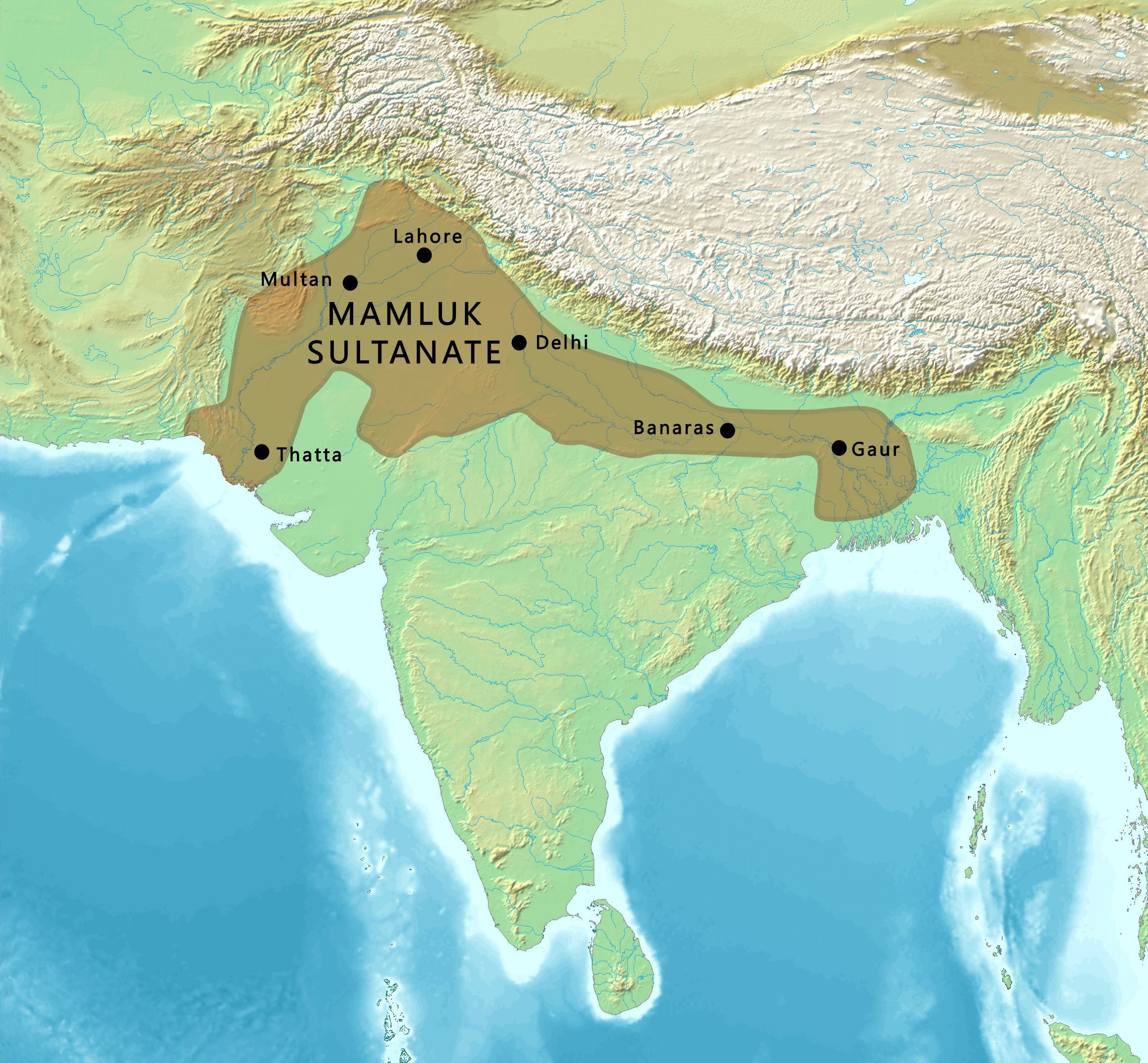
Mamluk Dynasty
1206CE-1290CE (Rulers,
Coins)The Mamluk Dynasty, also known as the Slave Dynasty or Ghulam Dynasty, was the first dynasty of the Delhi Sultanate, ruling from 1206 to 1290 CE. It was founded by Qutb ud-Din Aibak, a Turkic slave-general of the Ghurid Empire, who rose to power following the assassination of his master, Muhammad of Ghor, in 1206. The dynasty’s rulers were originally military slaves who converted to Islam and rose to prominence through military service. The dynasty ended in 1290 when Jalal ud-Din Firuz Khalji overthrew the last Mamluk sultan, Kay-Qubadh, ushering in the Khalji dynasty.
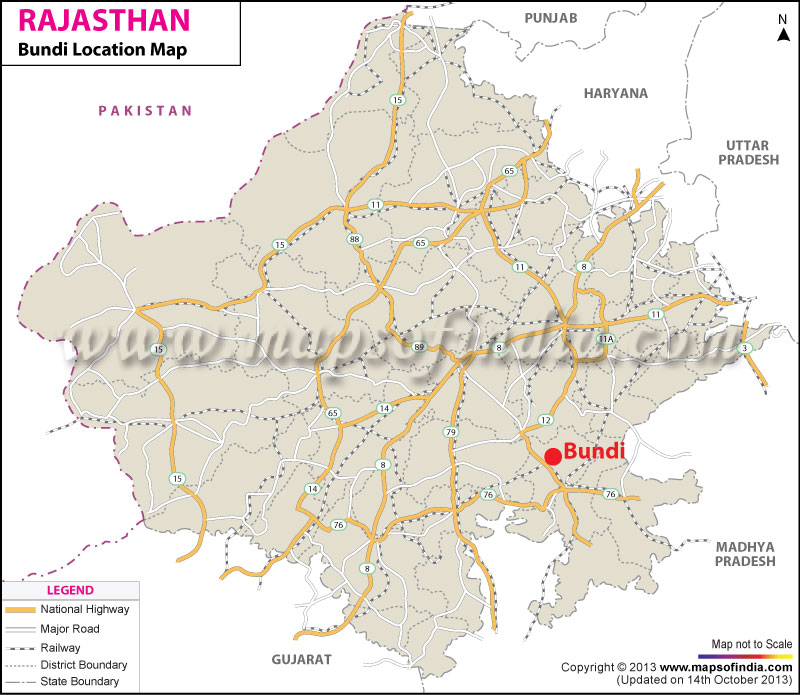
State of Bundi
1241CE-1949CE (Rulers,
Coins)Bundi was a princely state in present-day Rajasthan, India, ruled by the Hada Chauhan Rajputs. It was established in 1241 CE by Rao Deva (or Hada Rao Devda) and continued until its accession to the Indian Union in 1949. Core Area: The state was centered around the modern Bundi district.Peak Extent: At its height, Bundi State encompassed not only present-day Bundi but also included the districts of Baran and parts of Kota. During the reign of Maharao Raja Budh Singh (1695–1729), Bundi ruled over 54 parganas (administrative subdivisions), stretching from Malwa in the south to Ranthambore and the present-day town of Tonk in the north.
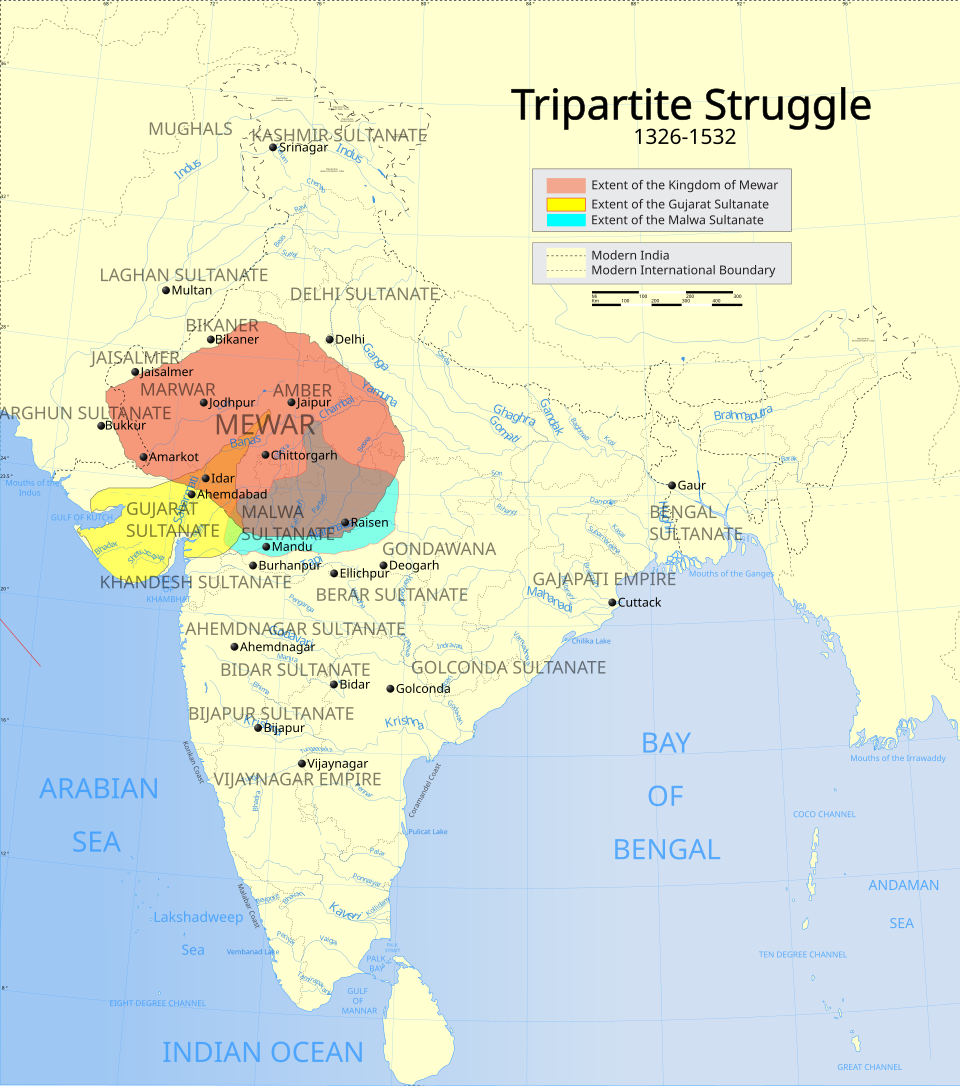
Sisodia Dynasty (Mewar Kingdom)
1326CE-1948CE (Rulers,
Coins)The Sisodia dynasty is one of the most prominent Rajput lineages in Indian history, ruling the Kingdom of Mewar in present-day Rajasthan. The dynasty traces its roots to the Guhila clan, with the Sisodias emerging as a junior branch that re-established control over Mewar in 1326 after the fall of the Guhilas to Alauddin Khalji in 1303.Ancestry: The Sisodias claim descent from Rahapa, a son of Guhila King Ranasimha, and ultimately from Bappa Rawal, the legendary founder of Mewar in the 8th century.Re-establishment: After the destruction of the Guhila dynasty, Hammir Singh of the Sisodia line reclaimed Mewar in 1326, defeating the Delhi Sultanate and recapturing Chittorgarh

Vijaynagar Empire
1336CE-1646CE (Rulers,
Coins)The Vijayanagara Empire was a prominent South Indian empire that flourished from the 14th to the 17th century. Founded in 1336 by Harihara I and Bukka Raya I, it was known for its remarkable administrative organization, military prowess, and cultural achievements.The empire reached its zenith under rulers like Krishnadevaraya (1509–1529), who expanded its territory significantly, promoting trade and agriculture. The capital, Hampi, became a vibrant center of culture, art, and architecture, featuring stunning temples and advanced urban planning.The Vijayanagara Empire was characterized by its religious tolerance, supporting both Hindu and Muslim communities. However, it faced increasing pressure from regional kingdoms and was ultimately defeated in the Battle of Talikota in 1565. The empire's decline marked the end of a significant era in South Indian history, but its cultural and architectural legacy continues to influence the region to this day.
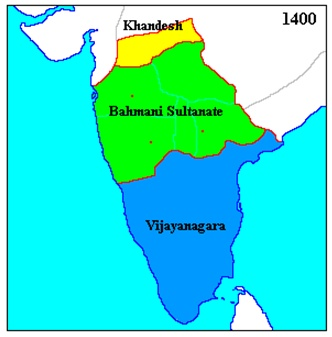
Bahamani Sultanate
1347CE-1527CE (Rulers,
Coins)The Bahmani Sultanate (1347–1527 CE) was the first independent Islamic kingdom in South India, ruling much of the Deccan plateau. It was founded by Alauddin Bahman Shah (Hasan Gangu) after a successful revolt against the Delhi Sultanate. The capital initially was Gulbarga (Ahsanabad), later shifted to Bidar.Territory: Stretched across modern Karnataka, Maharashtra, Telangana, and Andhra Pradesh.Administration: Divided into provinces (tarafs) for efficient governance, with a diverse nobility of Deccanis (old settlers) and Afaqis (newcomers from Central Asia and Iran).Culture: The Bahmanis promoted a fusion of Persianate and Deccan cultures, encouraged learning, and included Hindus in administration.Rivals: Frequently clashed with the Vijayanagara Empire and the rulers of Warangal and Orissa.Decline: Internal strife and provincial autonomy led to fragmentation. By 1518–1527, the kingdom split into five Deccan Sultanates: Bijapur, Ahmadnagar, Golconda, Berar, and Bidar.

Mysore Empire
1399-1950CE (Rulers,
Coins)The Kingdom of Mysore was a significant geopolitical entity in southern India, founded around 1399 near the modern city of Mysore and lasting until 1950. Initially, it was a feudal vassal of the Vijayanagara Empire but gained independence after the empire's decline in 1565. The kingdom underwent substantial changes in its territorial boundaries and governance structure over time. From 1799 to 1947, it functioned as a princely state under British India, following a period of de facto rule by Hyder Ali and Tipu Sultan from 1761 to 1799. The Wadiyar dynasty, which ruled Mysore for most of its history, played a crucial role in shaping the kingdom's cultural and administrative developments. The kingdom's history is marked by periods of expansion, conflict, and eventual integration into the Indian Republic in 1950.

Bengal Sultanate
1400CE-1600CE (Rulers,
Coins)The Bengal Sultanate was a late medieval Islamic state that flourished in the Bengal region of the eastern Indian subcontinent from the 14th to the 16th century. It was the dominant power in the Ganges-Brahmaputra Delta and maintained a network of mint towns across the region. The sultanate had a circle of vassal states, including parts of Odisha in the southwest, Arakan in the southeast, and Tripura in the east. Founded in the mid-14th century, it gained prominence under the Ilyas Shahi dynasty, which unified much of Bengal and expanded its territories. The sultanate was renowned for its prosperity and left a significant architectural legacy, blending foreign influences into a distinct Bengali style. However, it faced significant challenges in the 16th century, including invasions by the Suri Empire and the Mughal Empire, and was eventually absorbed into the Mughal Empire under Akbar in 1576.

Sayyid Dynasty
1414CE-1451CE (Rulers,
Coins)The Sayyid Dynasty ruled the Delhi Sultanate from 1414 to 1451. Establishment:The dynasty was founded by Khizr Khan, who was appointed as the governor of Delhi by Timur after his invasion of India. He declared himself Sultan and established the Sayyid rule.Weak Central Authority: The Sayyid rulers struggled to maintain control, facing challenges from powerful nobles and regional governors, leading to a decline in central authority.Political Instability: The period was marked by political instability and infighting among nobility, which weakened the dynasty's power and influence.Cultural Contributions:Despite their struggles, the Sayyid Dynasty contributed to the cultural and architectural landscape of Delhi, with notable developments in art and architecture.Decline: The dynasty ended in 1451 when it was succeeded by the Lodi Dynasty, which managed to establish a stronger central authority.
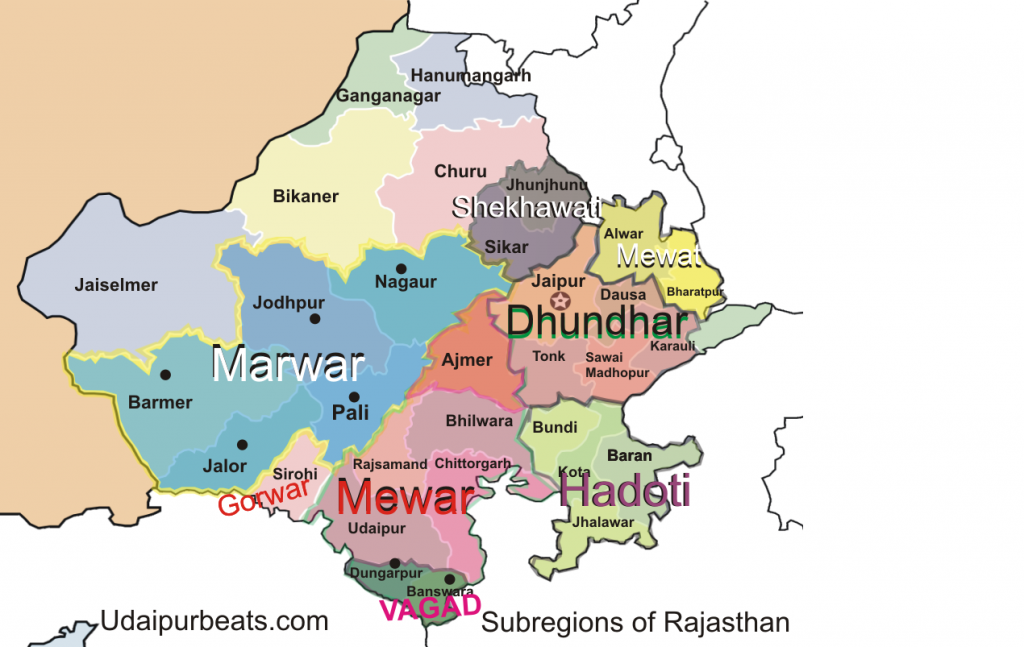
Princely State of Jodhpur
1459-1947 (Rulers,
Coins)The Princely State of Jodhpur, also known as Marwar, was a major Rajput kingdom in western India, founded in 1459 by Rao Jodha of the Rathore clan. Its capital was Jodhpur, strategically located on the trade route between Delhi and Gujarat, which helped it prosper through commerce in goods like opium, copper, and silk. Mughal Era: After periods of resistance and negotiation, Jodhpur became a Mughal vassal in the late 16th century under Akbar, maintaining internal autonomy but owing fealty to the Mughal emperors.Maratha Influence: With the decline of Mughal power after Aurangzeb\\\'s death in 1707, Marwar experienced internal strife and succession disputes. The Marathas were invited by Rajput rulers, including those of Jodhpur, to intervene in these disputes, but soon became dominant power-brokers in the region. Jodhpur was required to pay tribute and cede territories like Ajmer to the Marathas, and suffered from repeated Maratha interventions, wars, and financial burdens.British Era: Ongoing instability led Jodhpur to seek British protection, resulting in a subsidiary alliance and its status as a princely state under British India from 1818 onward.
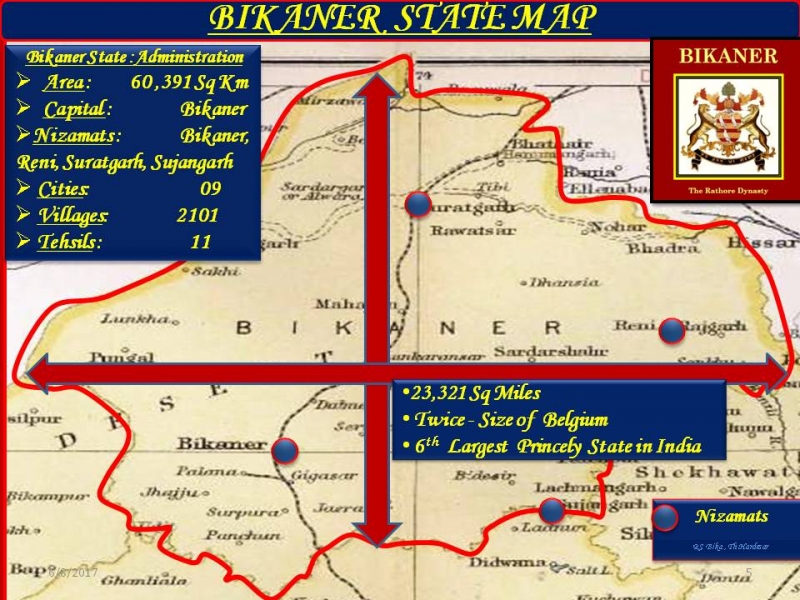
State of Bikaner
1465CE-1947CE (Rulers,
Coins)Bikaner State was the Princely State in the north-western most part of the Rajputana province of imperial British India from 1465 to 1947. The founder of the state Rao Bika was a younger son of Rao Jodha ruler of and founder of the city of Jodhpur in Marwar.
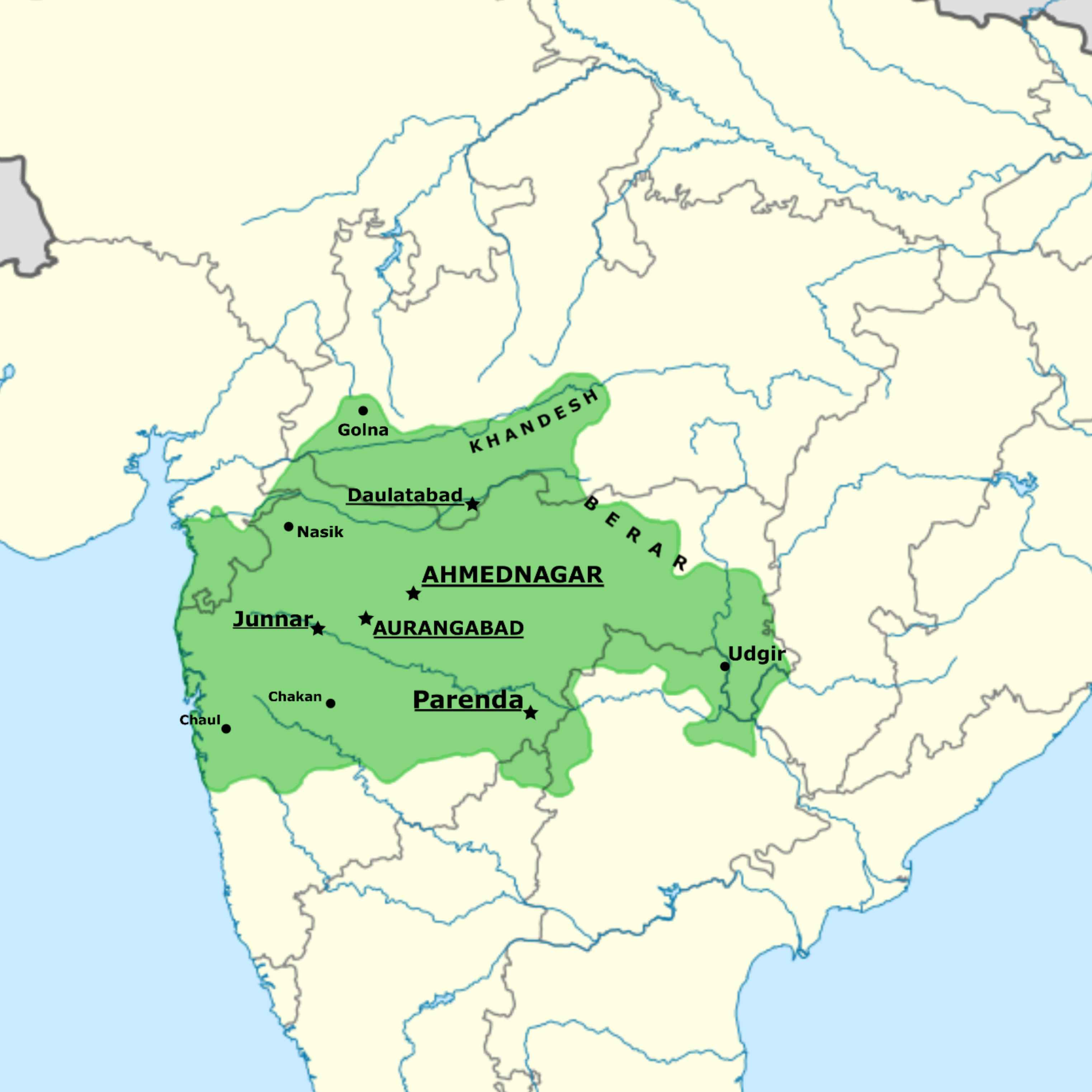
Ahmadnagar Sultanate
1490CE-1636CE (Rulers,
Coins)The Ahmadnagar Sultanate (1490–1636), ruled by the Nizam Shahi dynasty, was a prominent Deccan kingdom that emerged from the fragmentation of the Bahmani Sultanate. Founder: Malik Ahmad Nizam Shah I declared independence on 28 May 1490 after defeating Bahmani general Jahangir Khan.Origins: Malik Ahmad was the son of Nizam ul-Mulk Malik Hasan Bahri, a former Hindu Brahmin convert who rose to prominence in the Bahmani court.Capitals:Junnar (1490–1494)Ahmadnagar (founded in 1494 as the primary capital)Daulatabad (secondary capital from 1499)Territorial Expansion Key Conquests:Secured Daulatabad Fort (1499), a strategic stronghold.Murtaza Nizam Shah I (r. 1565–1588) annexed Berar (1574), marking the sultanate\'s territorial peak.Conflicts:Repelled Mughal forces under Akbar in 1586.Allied with Bijapur and Golconda to defeat Vijayanagara in 1565.Administration and Culture Government: Monarchical rule with Persian as the official language.Religion: Initially Sunni, shifted to Shia Islam under Burhan Nizam Shah II (r. 1591–1595).Architecture: Notable structures include Ahmednagar Fort and Indo-Islamic monuments blending Persian and Deccan styles.Decline and Fall Mughal Invasions:Chand Bibi, regent for Bahadur Nizam Shah, defended Ahmadnagar against Mughal sieges in the 1590s.Malik Ambar (r. 1600–1626) revived the sultanate from Aurangabad using guerrilla tactics. Final Dissolution: Murtaza Nizam Shah III (r. 1633–1636) was deposed by Mughal viceroy Aurangzeb in 1636
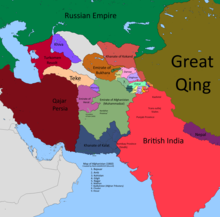
Emirates of Afghanistan
1500CE-1800CE (Rulers,
Coins)The term "Aganistan Kingdom" might refer to historical periods in Afghanistan's complex history, often involving various kingdoms and empires that ruled the region. Here are a couple of notable historical periods:Kushan Empire (1st to 3rd centuries CE): A prominent kingdom that controlled parts of Afghanistan, known for its contributions to trade and culture, especially in Buddhism.Ghaznavid Empire (971–1186 CE): Founded by Mahmud of Ghazni, this dynasty expanded its influence over much of present-day Afghanistan and northern India, promoting Islamic culture and architecture.Durrani Empire (1747–1826): Founded by Ahmad Shah Durrani, this is often considered the modern state of Afghanistan's first unified kingdom, which played a crucial role in the region's history.
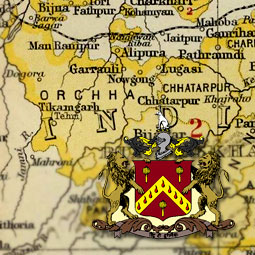
Princely state of Orchha
1501CE-1950CE (Rulers,
Coins)Orchha State was a prominent princely state in the Bundelkhand region, now part of Madhya Pradesh. Founded in 1501 by Rudra Pratap Singh of the Bundela Rajput clan, Orchha was ruled by his descendants until it acceded to India in 1950. Founding: 1501 by Rudra Pratap Singh, who built the Orchha Fort and moved the capital from Garh Kundar to Orchha on the Betwa River.Ruling Dynasty: Bundela Rajputs.Area: About 5,400 km² (2,100 sq mi) in 1908.Capital: Orchha (later Tikamgarh).
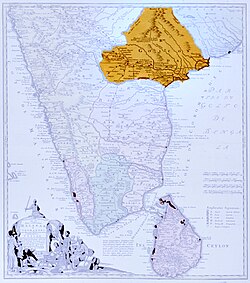
Golkonda Sultanate
1518CE-1687CE (Rulers,
Coins)The Golkonda Sultanate (also spelled Golconda), ruled by the Qutb Shahi dynasty (1518–1687), was a prominent Deccan kingdom known for its wealth, architecture, and role in the diamond trade. Founder: Sultan-Quli Qutb-ul-Mulk (r. 1518–1543), a former Bahmani governor, declared independence in 1518 after the Bahmani Sultanate\'s fragmentation.Origins: The Qutb Shahis were of Turkoman descent with Persianate Shia roots. Sultan-Quli initially served the Bahmanis as governor of Telangana.Capital: Golkonda Fort (until 1590), later shifted to Hyderabad under Muhammad Quli Qutb Shah.Territorial Expansion and Conflicts Peak Territory: Covered present-day Telangana, Andhra Pradesh, Karnataka, and Odisha.Key Conflicts:Fought the Vijayanagara Empire, Ahmadnagar, and Bijapur sultanates.Allied with Bijapur and Ahmadnagar against Vijayanagara in the Battle of Talikota (1565)[^1^].Mughal Threat: Resisted Mughal expansion until Aurangzeb annexed the sultanate in 1687 after an 8-month siege of Golkonda Fort
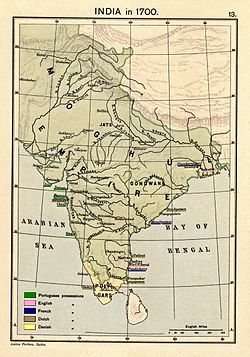
Mughal Empire
1526CE–1857CE (Rulers,
Coins)The Mughal Empire, which flourished from 1526 to 1857, was a dominant power in South Asia, renowned for its remarkable achievements in administration, culture, and architecture. Founded by Babur in 1526 after his victory at the First Battle of Panipat, the empire expanded significantly under his successors. Akbar the Great (reigned 1556–1605) is celebrated for his administrative reforms and policy of religious tolerance, which helped unify a diverse population and laid the foundation for a prosperous empire. Akbar’s grandson, Shah Jahan, is best known for his architectural masterpieces, including the Taj Mahal, a symbol of Mughal grandeur and artistry. The Mughal Empire reached its zenith under Shah Jahan, with significant advances in art and culture. However, Aurangzeb’s reign (1658–1707) marked a shift towards orthodox Islamic policies and expansion, which led to internal strife and weakening of central authority. After Aurangzeb’s death, the empire faced decline due to succession disputes and rising regional powers. By the mid-19th century, the empire had become a shadow of its former self, ultimately falling to British control after the Indian Rebellion of 1857, marking the end of Mughal rule and the beginning of British direct governance.
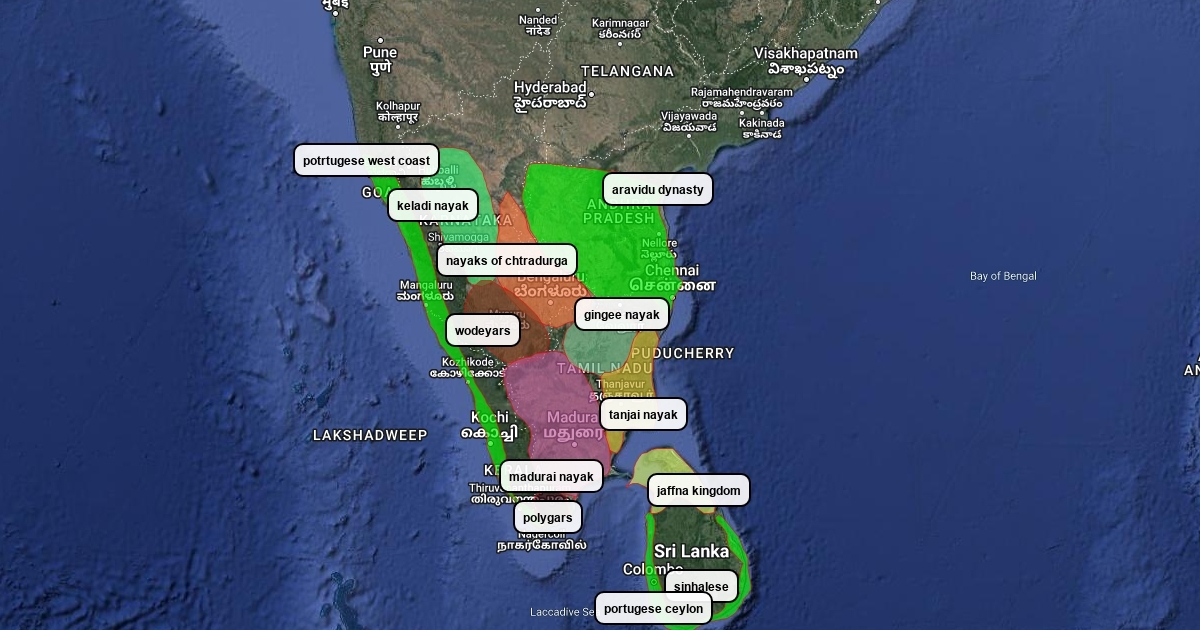
Madurai Nayak Dynasty
1529CE-1736CE (Rulers,
Coins)The Madurai Nayak dynasty was a Telugu-speaking ruling family that governed most of modern-day Tamil Nadu from around 1529 to 1736, with Madurai as their capital. They originated as military governors (nayakas) under the Vijayanagara Empire and gradually established independent rule as the empire declined, especially after the Battle of Talikota. Founder: Viswanatha Nayak (ruled 1529–1564), appointed governor by Krishnadevaraya of Vijayanagara after defeating his own father, Nangama Nayaka.The Nayaks were initially tasked with stabilizing and administering the southern provinces, but over time asserted autonomy as Vijayanagara\'s control weakened.

Nawanagar
1540CE-1947CE (Rulers,
Coins)Nawanagar was an Indian princely state located in the historical Halar region, on the southern shores of the Gulf of Kutch. It was founded in 1540 by Jam Rawal, a descendant of the Jadeja rulers of Kutch, and was ruled by the Jadeja Rajput dynasty until 1948. The state's capital, Nawanagar, is now known as Jamnagar. Nawanagar had an area of approximately 3,791 square miles and a population of about 336,779 in 1901. Its rulers, known as "Jam Saheb," were entitled to a 13-gun salute and were part of the same clan as the Rao of Kutch. The state was part of the Kathiawar Agency under British rule and became part of the newly formed India in 1948. Nawanagar was known for its constant conflicts with neighboring states and the Mughal Empire, but it also experienced periods of peace and development, especially after coming under British protection in 1812.
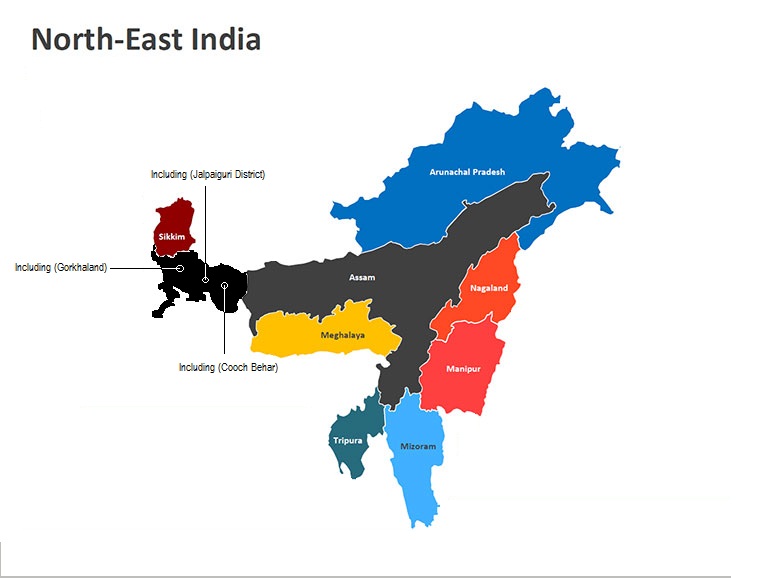
Cooch Bihar
1586CE-1949CE (Rulers,
Coins)Cooch Behar State was formed when the Kamata Kingdom under the Koch dynasty split following the death of Nara Narayan in 1586. The eastern portion, Koch Hajo, was soon absorbed by Ahom. The western portion, Koch Bihar, formed a separate unit that came under direct challenge by the Mughal Empire. After weathering the Mughal threat, a new foe emerged in the form of an expansionist Bhutanese kingdom. After a series of wars with the Bhutanese and Tibetans, the Northern threat was pushed back but not before a Bhutanese regent was installed in the royal court. The Koch Bihar court decided to invite British intervention. This came in the form of military assistance that—acting in concert with Koch Bihar forces—ended the Northern challenge once and for all. However the British East India Company sought guarantees whereby the independence of Koch Bihar was limited by treaties. When the British colonial rule was finally terminated in India, the Koch Bihar state immediately acceded to and merged with India in 1949 and became a part of West Bengal. The district, Cooch Behar District, is named after this erstwhile kingdom.
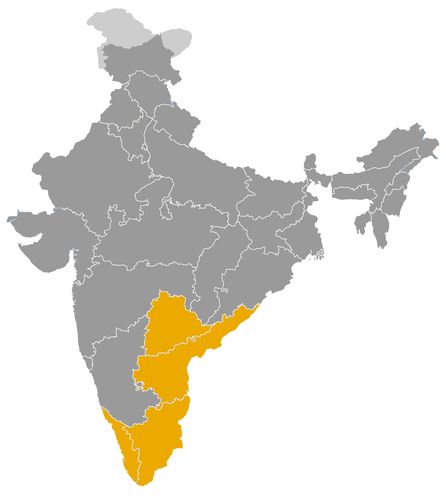
Gingee Nayak
1600CE-1700CE (Rulers,
Coins)The Gingee Nayaks (also known as Nayaks of Gingee or Senji Nayaks) were Telugu-speaking rulers who governed the Gingee region of Tamil Nadu from the early 16th to the mid-17th century. Their origins trace back to the Balija warrior clans of present-day Andhra Pradesh, and they initially served as provincial governors under the Vijayanagara Empire.The dynasty began around 1509, when Krishnadeva Raya of Vijayanagara appointed Tubakki (Tupakula) Krishnappa Nayaka as the governor after consolidating the region.Krishnappa Nayaka is credited as the founder of Gingee city (earlier called Krishnapura) and established a hereditary line of Nayak rulers.

Bombay Presidency
1662CE-1935CE (Rulers,
Coins)The Bombay Presidency or Bombay Province, also called Bombay and Sind (1843–1936), was an administrative subdivision (province) of India, with its capital in the city that came up over the seven islands of Bombay. The first mainland territory was acquired in the Konkan region with the Treaty of Bassein. Poona was the summer capital.
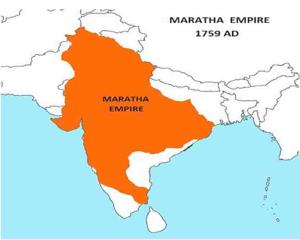
Maratha Empire
1674CE-1818CE (Rulers,
Coins)The Maratha Empire (1674–1818) was a major Indian power that rose in the 17th century under Chhatrapati Shivaji Maharaj and, at its height, controlled much of the Indian subcontinent. The empire began with Shivaji’s coronation in 1674 and ended with the defeat of Peshwa Bajirao II by the British East India Company in 1818. Founding: Established by Shivaji Maharaj, who created an efficient military and administrative system, challenging Mughal dominance.Expansion: After Shivaji, the Marathas expanded rapidly, especially under the leadership of the Peshwas, conquering territory from Punjab in the north to Tamil Nadu in the south, and from Gujarat in the west to Bengal in the east.Administration: The empire was initially centralized under the Chhatrapati, but later evolved into a confederacy with powerful regional leaders (e.g., Scindias, Holkars, Gaekwads, Bhonsles) and the Peshwa as chief minister.Decline: The empire weakened due to internal divisions and successive Anglo-Maratha Wars, ending with British victory in 1818.
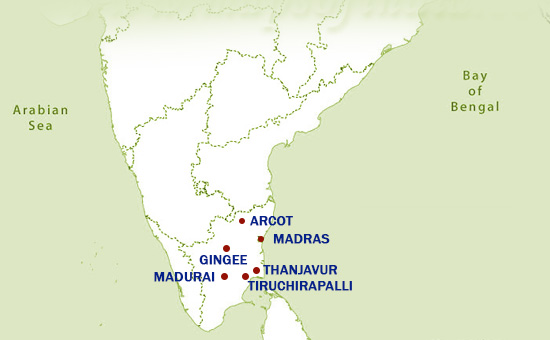
Thanjavur Maratha kingdom
1674CE-1855CE (Rulers,
Coins)The Thanjavur Maratha kingdom was a principality in present-day Tamil Nadu, ruled by the Bhonsle dynasty from 1674 to 1855. It was established by Venkoji (also known as Vyankoji or Ekoji), the half-brother of Chhatrapati Shivaji, after he conquered Thanjavur in 1674. The Maratha rule followed the decline of the Vijayanagara Empire and the end of the Thanjavur Nayak dynasty. Founder: Venkoji (Vyankoji) Bhonsle, half-brother of Shivaji.Capital: Thanjavur (Tanjore).Ruling Period: 1674–1855.Languages: Marathi, Tamil, Telugu, Sanskrit.Religion: Hinduism.Dynasty: Bhonsle (Maratha).Last Ruler: Shivaji II of Thanjavur (ruled until 1855).
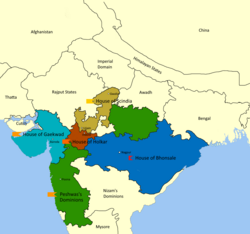
State of Baroda
1721CE-1949CE (Rulers,
Coins)Baroda State was a significant kingdom within the Maratha Confederacy and later a princely state in present-day Gujarat, ruled by the Gaekwad dynasty from its formation in 1721 until its accession to the Dominion of India in 1949. The state's capital was Baroda, now known as Vadodara, and its relations with the British Raj were managed by the Baroda Residency. The Gaekwads were a Hindu Maratha dynasty that played a crucial role in the Maratha Confederacy, with Pilaji Rao Gaekwad conquering the city from the Mughal Empire in 1721. Baroda was one of the largest and wealthiest princely states, with significant revenue from industries like cotton, rice, wheat, and sugar. The state formally acceded to the Dominion of India on 1 May 1949, following the establishment of an interim government.

State of Bharatpur
1722CE-1947CE (Rulers,
Coins)The State of Bharatpur was a significant Jat-ruled kingdom in northern India, founded in 1722 and later becoming a princely state under British rule until 1947. At its peak under Maharaja Suraj Mal (mid-18th century), Bharatpur controlled a much larger area than its later boundaries, including regions around Delhi, Agra, Mathura, Aligarh, and parts of present-day Rajasthan, Haryana, and western Uttar Pradesh.Core region: Present-day Bharatpur district in eastern Rajasthan, with the capital at Bharatpur.Expansion under Suraj Mal: Included Agra, Mathura, Aligarh, and even Delhi for a time. The territory stretched across parts of modern districts such as Agra, Aligarh, Mathura, Bulandshahr, Gurgaon, Faridabad, Meerut, and others in western Uttar Pradesh and southern Haryana.Later boundaries: By the 19th and 20th centuries, the state covered about 5,200 km² (2,000 sq mi), mainly corresponding to modern Bharatpur district and surrounding areas in Rajasthan.

Hyderabad
1724CE-1948CE (Rulers,
Coins)The state was ruled from 1724 to 1948 by the Nizam, who was initially a viceroy of the Mughal empire in the Deccan. Hyderabad gradually became the first princely state to come under British paramountcy signing a subsidiary alliance agreement.

State of Jaipur
1727CE-1947CE (Rulers,
Coins)Jaipur, the capital of Rajasthan, was founded in 1727 by Maharaja Sawai Jai Singh II, who ruled Jaipur State from 1699 to 1743. He was a Kachwaha Rajput leader who previously ruled from Amber, a fortified city five miles north of Jaipur. Due to the growing population and water scarcity in Amber, Jai Singh decided to establish a new capital. Jaipur was designed with the assistance of Vidyadhar Bhattacharya, a Bengali architect, and was built according to the principles of Vastu Shastra. The city was planned with a grid system, making it one of the first planned cities in India. Jai Singh consulted various architectural texts, including works by Ptolemy and Euclid, to ensure the city's design was both aesthetically pleasing and strategically secure.
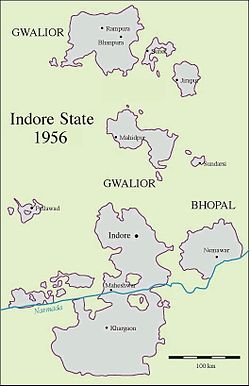
Indore empire
1728CE-1947CE (Rulers,
Coins)Indore State was a prominent princely state in India during the British Raj, located in what is now Madhya Pradesh. Established in the late 19th century, it was ruled by the Holkar dynasty, descendants of the Maratha Empire.Indore emerged as a significant center of trade and commerce due to its strategic location. The Holkar rulers were known for their progressive policies, promoting education, infrastructure development, and industrialization. They also played a crucial role in the Indian independence movement, with notable figures like Maharaja Tukoji Rao Holkar II supporting reforms and social changes.After India's independence in 1947, Indore State merged into the Indian Union, becoming part of Madhya Pradesh. The legacy of Indore includes its rich cultural heritage, architectural landmarks, and its evolution into a major urban center in modern India.

Kingdom of Travancore
1729-1949 (Rulers,
Coins)The Kingdom of Travancore was a prominent princely state located in the southernmost part of India, in the present-day state of Kerala. It existed from the early 18th century until 1949, when it merged with the Indian Union after India gained independence.

State of Gwalior
1731-1818 (Rulers,
Coins)Gwalior State was a prominent princely state in central India during the era of British colonial rule, governed by the Scindia dynasty. The state played a significant role in the history of the Maratha Empire and later in the formation of independent India.Key Points about Gwalior State:Foundation and Maratha Influence: Gwalior's history as a princely state dates back to the 18th century. The state was initially established under the Maratha Empire, and it became a key region in central India. The Scindia dynasty was founded by Ranoji Scindia in the early 18th century, who took control of Gwalior in 1735 after the decline of the Mughal Empire.Role in Maratha Empire: The Scindias were one of the most powerful families in the Maratha Confederacy, a group of regional Maratha chieftains who were united under the nominal authority of the Maratha Peshwa. Gwalior was an important base for the Marathas, and the Scindias played a central role in Maratha politics, military campaigns, and administration. They were instrumental in expanding Maratha influence across northern India.Gwalior Fort: The Gwalior Fort, a major architectural landmark, was a symbol of the Scindia dynasty's power. It was strategically located and was often a site of military importance. The fort is famous for its massive walls, palaces, and temples, and was a key stronghold in the region.British Relations and Suzerainty: Gwalior, like other princely states, was under British suzerainty from the 19th century onward. It became a British ally after the Maratha defeat in the Third Anglo-Maratha War (1817–1818). The Scindia rulers maintained a semi-autonomous status, but the British had considerable control over the state's foreign policy and military affairs. Gwalior was part of the Central India Agency, a British administrative region.Role in the Indian Rebellion of 1857: During the Indian Rebellion of 1857, Gwalior played a crucial role. Tantia Tope, a key leader of the rebellion, briefly captured Gwalior Fort, which became a symbolic rallying point for the Indian forces. The British ultimately recaptured the fort after fierce fighting, and the rebellion was suppressed.Post-Independence: After India's independence in 1947, Gwalior State was merged with the Indian Union. The last Maharaja of Gwalior, Jivajirao Scindia, signed the Instrument of Accession to India, and the state was integrated into the newly formed Madhya Pradesh in 1950.
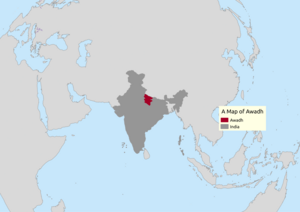
Awadh
1759CE-1806CE (Rulers,
Coins)Awadh, sometimes known as Avadh or Oudh in British history books, is a territory and proposed state in the present Indian state of Uttar Pradesh, which was previously known as the United Provinces of Agra and Oudh before independence. It was founded as one of the twelve original Subhas under Mughal emperor Akbar in the 16th century, and it became a hereditary tributary polity around 1722, with Faizabad as its initial capital and Saadat Ali Khan as its first Subadar Nawab and progenitor of the Nawabs of Awadh dynasty.

Princely state of Chattarpur
1785CE-1950CE (Rulers,
Coins)Chhatarpur was a princely state in India during the British Raj. It was founded in 1785 and was ruled by the descendants of Bundela Rajput leader Chhatrasal until the Ponwar clan took control in 1785. The state's capital was located in Chhatarpur, Madhya Pradesh

Sikh Empire
1799CE-1849CE (Rulers,
Coins)The Sikh Empire, established in the early 19th century, was a powerful state in northern India founded by Maharaja Ranjit Singh. Ranjit Singh united various Sikh factions and expanded the empire to encompass parts of present-day Punjab, Haryana, and northern India. His reign (1801–1839) is marked by significant military conquests, modernization of the army, and administrative reforms.The empire was known for its secular governance, promoting religious tolerance among Sikhs, Hindus, and Muslims. Ranjit Singh also fostered arts and culture, enhancing the region's heritage. After his death, the empire faced internal strife and external pressures, particularly from the British, leading to its annexation in 1849. The Sikh Empire remains a vital chapter in Indian history, symbolizing Sikh resilience and leadership.

State of Bhopal
1818CE-1947CE (Rulers,
Coins)Bhopal State was not founded by a Maharaja of Parmar Rajputs but was established by Dost Mohammad Khan, an Afghan soldier in the Mughal army, in the early 18th century. Initially, the state was formed around 1707 when Dost Mohammad Khan began acquiring territories in the region, but it was formally established as an Islamic principality in 1724. The state's first capital was Islamnagar, which was later shifted to Bhopal. Bhopal State was a tributary state within the Maratha Confederacy from 1737 to 1818 and became a princely state under British India from 1818 to 1947, with a 19-gun salute. It briefly existed as an independent state from 1947 to 1949 before merging into the Union of India on June 1, 1949.
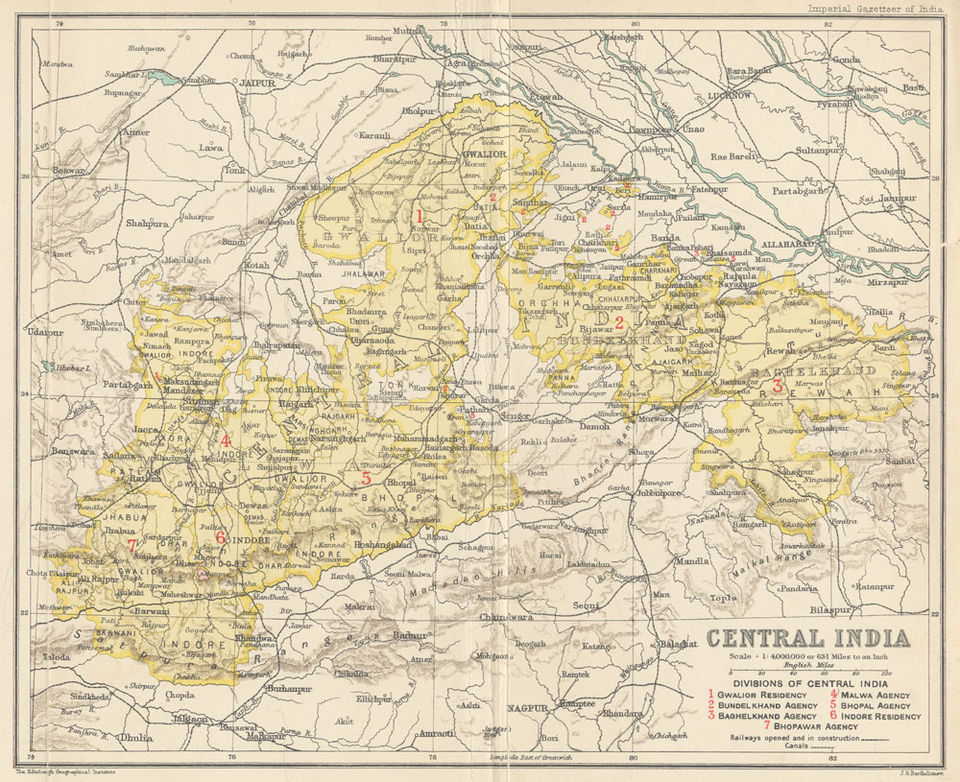
Princely State of Jaora
1818CE-1948CE (Rulers,
Coins)The Princely State of Jaora was a Muslim-ruled princely state in the Malwa region of central India, founded in 1818 and existing until 1948 when it acceded to independent India. aora State was established by the British in 1818 and granted to \'Abdu\'l Ghafur Muhammad Khan, a Muslim cavalry officer of Afghan descent who had served the Pindari leader Amir Khan and later the Holkar Maharaja of Indore. After subduing Rajput territories in northern Malwa, he was rewarded with the state by the British following their victory in the Battle of Mahidpur. The state was confirmed by the British government through the Treaty of Mandsaur in 1818. The Nawabs of Jaora remained loyal to the British, notably helping suppress the 1857 Indian Rebellion. Jaora was a 13-gun salute state and part of the Malwa Agency under British India.
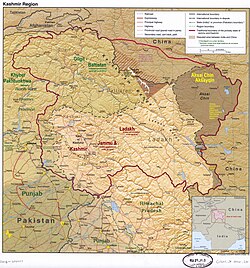
Kashmir Kingdom
1846CE-1952CE (Rulers,
Coins)Jammu and Kashmir, also known as Kashmir and Jammu, was a princely state established in 1846 following the First Anglo-Sikh War. The state was created when the East India Company, having annexed the Kashmir Valley from the Sikhs as war indemnity, sold it to Gulab Singh, the Raja of Jammu, for 75 lakhs rupees under the Treaty of Amritsar. Initially, it was in a subsidiary alliance with the British East India Company until 1858, and then it came under the paramountcy of the British Crown until 1947. The state was a Muslim-majority region ruled by a Hindu Maharaja, a unique political setup during the British colonial era. After India's partition in 1947, the state became a disputed territory, with its ruler, Hari Singh, initially hesitant to join either India or Pakistan. However, following an attack by Pakistani-backed forces, he acceded to India on October 26, 1947. The region has since been divided between India, Pakistan, and China, with ongoing disputes over its status.
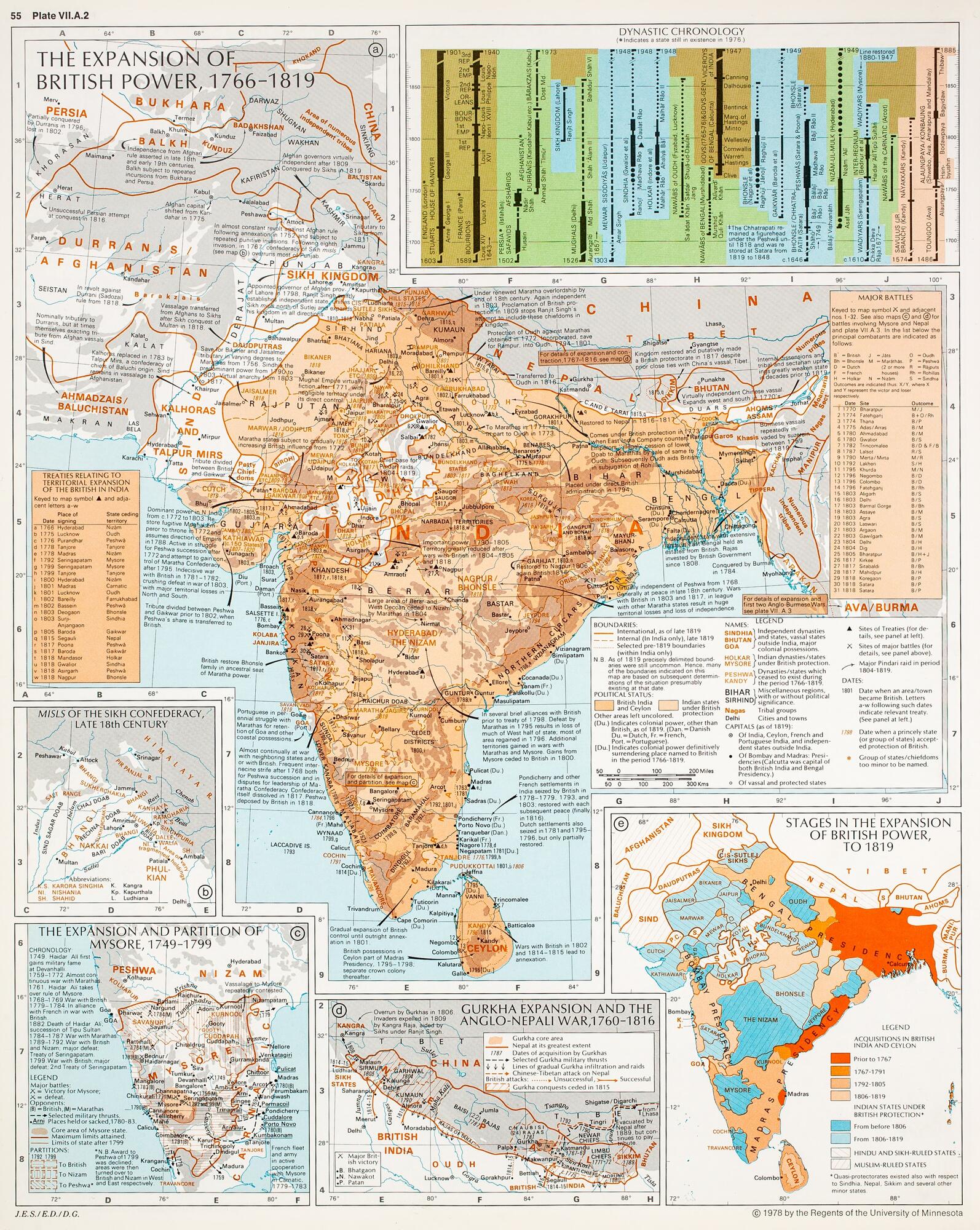
British India
1858CE-1947CE (Rulers,
Coins)British India refers to the period of colonial rule over the Indian subcontinent by the British, officially lasting from 1858 to 1947, known as the British Raj. Before 1858, the British East India Company gradually expanded its control through trade, military conquest (notably the Battles of Plassey in 1757 and Buxar in 1764), and diplomatic strategies, exploiting the decline of the Mughal Empire and regional political fragmentation. After the 1857 Rebellion, direct rule by the British Crown began, dividing India into major provinces such as Bengal, Madras, Bombay, Punjab, United Provinces, Central Provinces, Assam, and Burma.Each province was governed by a Governor, Lieutenant-Governor, or Chief Commissioner, and further subdivided into divisions and districts.The British Raj introduced new administrative systems, legal codes, railways, and education reforms, but also led to economic exploitation and social upheaval. British India ended with independence and partition in 1947.
